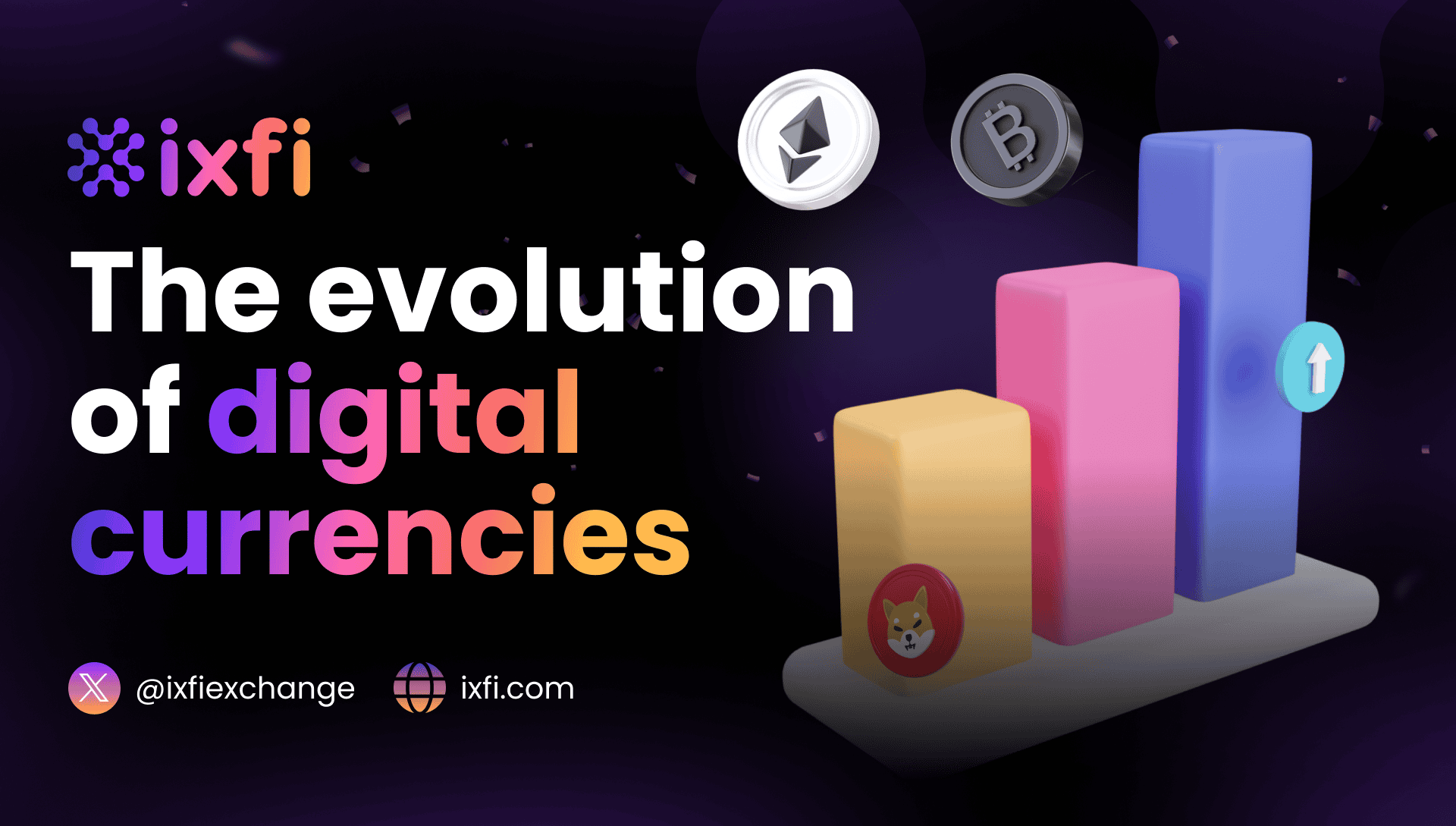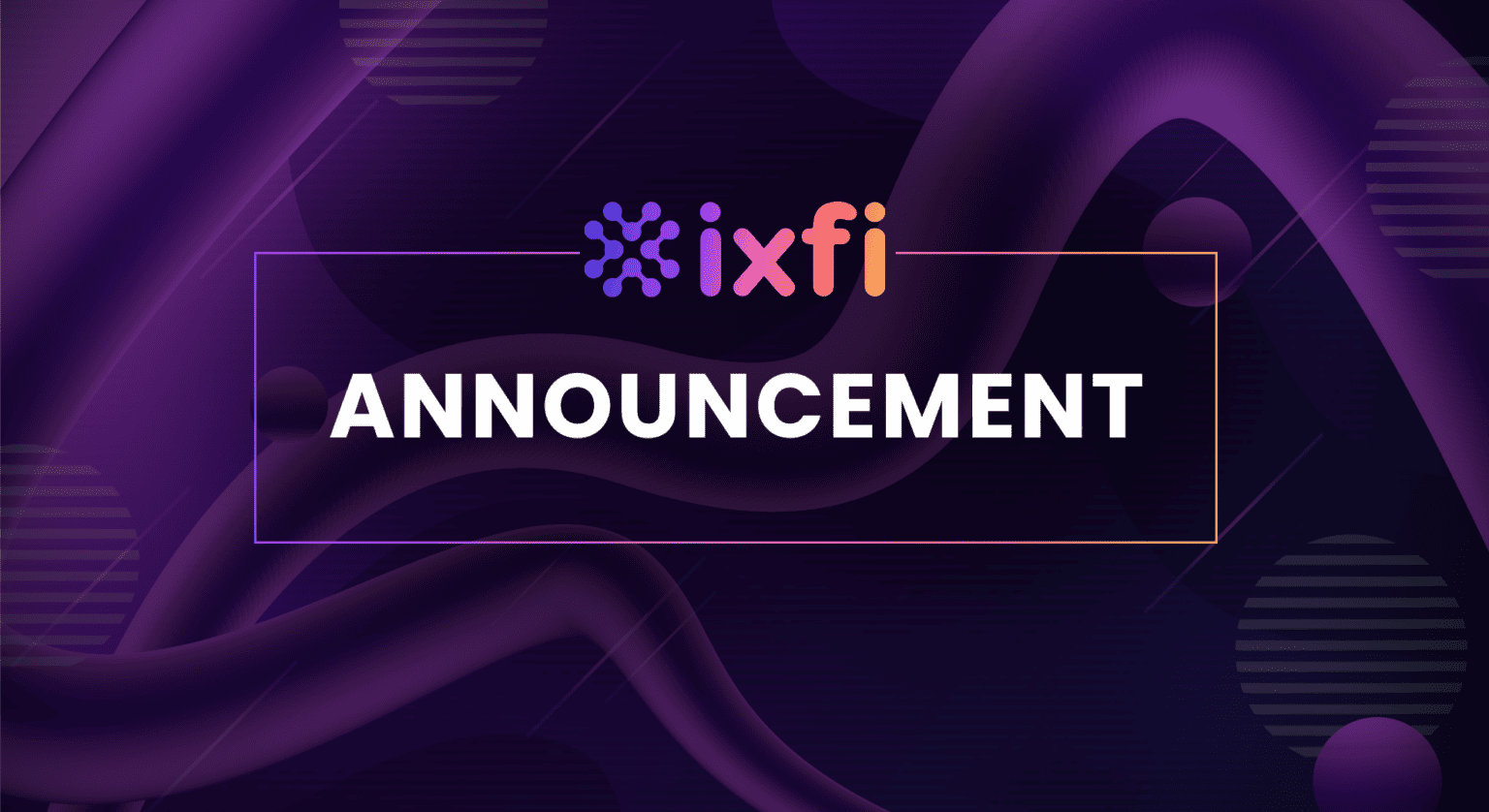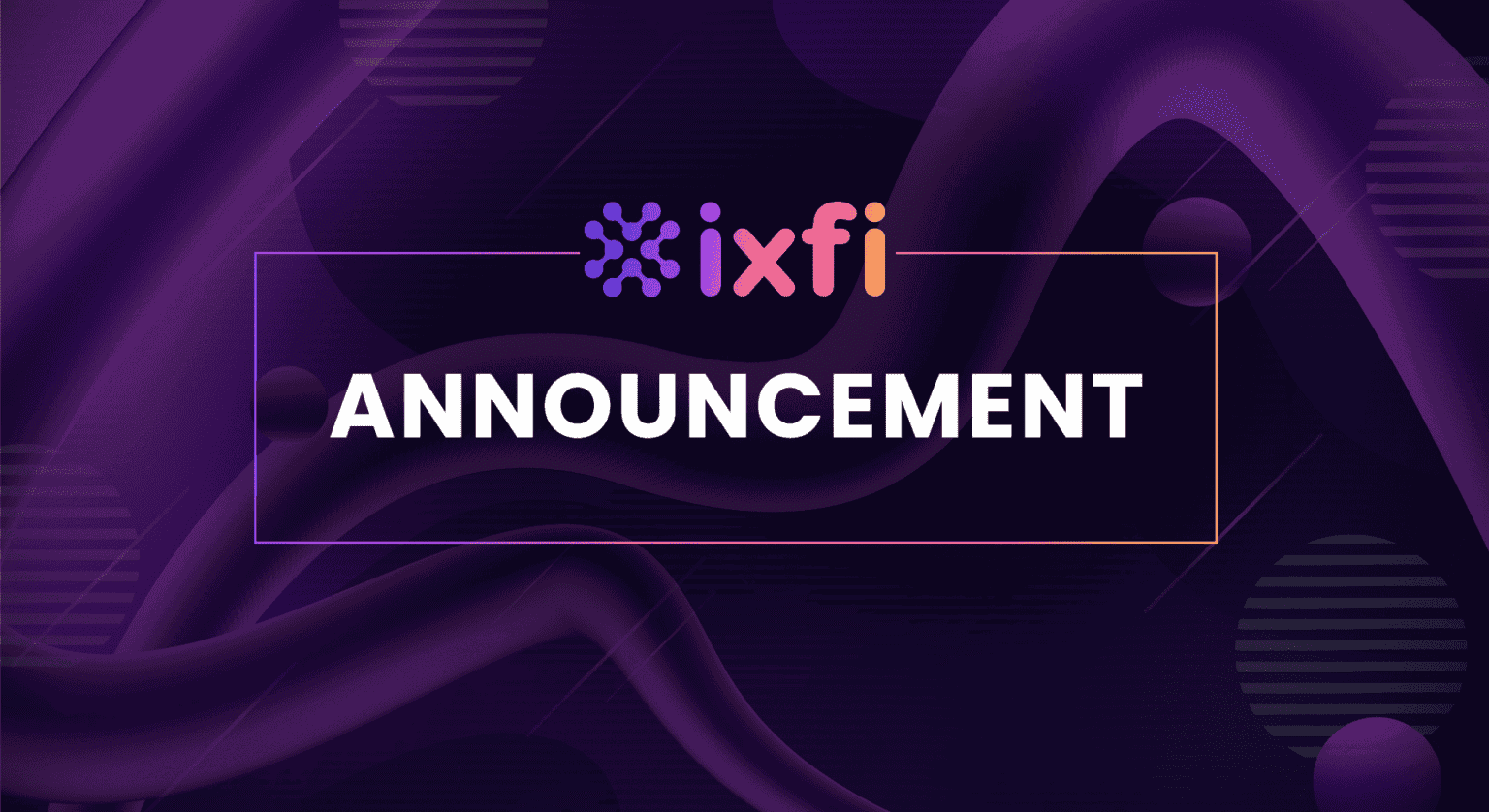Short history of money
Money has evolved significantly over the centuries. Early barter systems were replaced by commodity money, such as gold and silver, which had intrinsic value – the invention of coinage around 600 BCE. Eventually, paper money emerged in China during the Tang Dynasty (618-907), revolutionizing commerce by providing a lightweight, portable medium of exchange.
The emergence of digital currencies
Past
The concept of digital currency dates back to the late 20th century, when electronic money systems were introduced. One of the earliest forms was DigiCash, created by David Chaum in the 1980s. However, it wasn’t until Bitcoin, launched in 2009 by Satoshi Nakamoto, that digital currencies truly began to gain traction. Bitcoin’s decentralized nature, based on blockchain technology, set it apart from traditional currencies and introduced the idea of a trustless, peer-to-peer financial system.
Present
Today, the digital currency landscape is vastly different. Bitcoin remains a significant player, but thousands of Altcoins have emerged, each offering unique features and use cases. Ethereum, introduced in 2015 by Vitalik Buterin, expanded the possibilities of blockchain technology by enabling smart contracts and decentralized applications (dApps). These innovations have paved the way for decentralized finance (DeFi) platforms, non-fungible tokens (NFTs), and other blockchain-based solutions.
The rise of DeFi (Decentralized Finance) platforms has further revolutionized the financial sector. DeFi leverages blockchain technology to offer financial services like lending, borrowing, and trading without intermediaries. This democratizes access to financial services and opens new opportunities for users worldwide.
IXFI, as a leading exchange, supports a wide range of digital currencies and provides a secure platform for trading. With hundreds of tokens and coins available, users can explore diverse investment opportunities. Our platform ensures top-notch security with multi-layer authentication and anti-phishing measures, making it a reliable choice for managing digital assets.
The future: Innovations and challenges
The future of digital currencies holds immense potential. Various countries are exploring central bank digital currencies (CBDCs) to combine the benefits of digital currencies with the stability of government backing.
However, challenges remain. Regulatory frameworks are still evolving, and issues like security, scalability, and environmental impact must be addressed. Mining’s energy consumption, particularly for Bitcoin, has raised concerns about its sustainability.
Innovations such as proof-of-stake (PoS) consensus mechanisms offer solutions to these challenges. PoS reduces energy consumption compared to the traditional proof-of-work (PoW) systems. Ethereum’s transition to Ethereum 2.0, incorporating PoS, is a significant step toward a more sustainable blockchain ecosystem.
At IXFI, we are committed to staying at the forefront of these developments. Our platform not only supports current digital currencies but also adapts to future innovations. By providing a secure and user-friendly environment, we enable users to navigate the evolving landscape of digital currencies with confidence.
Conclusion
Digital currencies have come a long way since their inception. From the early days of Bitcoin to the diverse ecosystem we see today, they continue to transform the financial world. As we look to the future, innovations will drive further adoption and integration of digital currencies into our daily lives.



